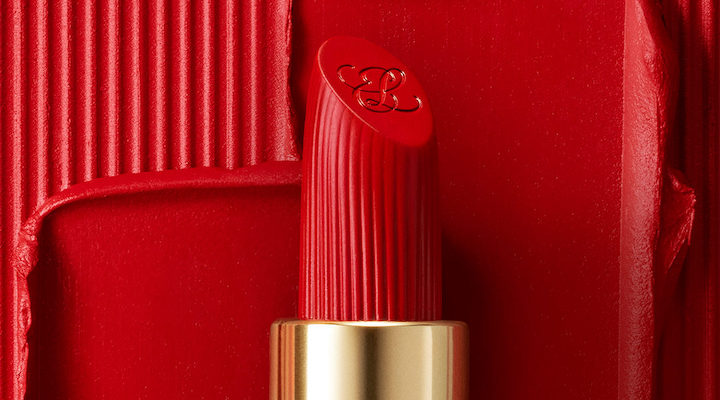Beauty conglomerate Estee Lauder reported a net sales drop to US$3.36 billion for its first quarter, withdrawing its outlook for the rest of the year and lowering its dividend to a “more appropriate” level. The company’s shares plummeted by as much as 27 per cent following the announcement. Estee Lauder is one of many Western brands affected by China’s sluggish economic recovery. Net sales in the Asia Pacific region decreased by 11 per cent, primarily due to declines in M
n Mainland China and Hong Kong SAR.
“Consumer sentiment in Mainland China weakened further in our first quarter,” Fabrizio Freda, who is set to retire as chief executive in January after 16 years at the company, said in a post-earnings call.
“While we believe the new economic stimulus measures present medium- to long-term potential for stabilisation, and then ultimately growth in prestige beauty, we anticipate strong declines in the near term for the industry in China and Asia travel retail.”
Stéphane de La Faverie, who will commence his role as Estee Lauder’s CEO at the beginning of next year, will face the challenge of reviving sales in Asia Pacific to turn the company’s fortunes around.
Estee Lauder now aims to overhaul its business strategy in response to declining demand for cosmetics and premium fragrances, as consumers becoming more selective with their spending.
Though the company pointed to weakening customer sentiment in China as the main cause of its poor performance, the underlying issues appear to be more complex.
Jaques Roizen, MD of consulting at Digital Luxury Group, said L’Oreal and Estee Lauder capitalised on a highly favourable economic climate and the expansion of the middle class in China two decades ago while benefiting from Chinese consumers’ preference for foreign brands as they are perceived as higher quality compared to domestic products.
“They grew so much that China became the driver of their global performance. When Covid-19 hit hard outside China, it put more pressure on Chinese operations. Tmall and landlords encouraged discounts, and discounting is like a drug. Suddenly, these brands are addicted,” he said.
“The real issue is that these foreign brands have sabotaged themselves over the past five years through constant discounting.”
The expert said the only way to address this issue is through a ‘promo detox’, which means gradually reducing the discounts offered to consumers.
“It’s the sole viable approach. You can’t go cold turkey – it’s impossible to jump from 40 per cent off to no discount overnight. You must proceed at a pace that doesn’t alienate the market by moving too quickly, while simultaneously providing compelling reasons for customers to choose your brand despite the price. This means developing innovative products and executing exciting marketing campaigns. It’s a complex undertaking.”
While discounting practices have weakened the perceived value of international brands, Estee Lauder is also facing fierce competition with local players.
“The problem is that Chinese brands will continue to emerge because these international brands have weakened themselves by lowering their perceived value through constant discounting,” he added.
“The current economic environment is also pushing consumers to trade down. When they can buy a product for 500 yuan from a French brand or opt for a 75 yuan alternative from a Chinese brand with good packaging and marketing, it presents a significant challenge for international brands.”
Meanwhile, according to the experts, the travel factor also contributes to the decline in sales in China.
“For three years, travel within China was restricted. Now, Chinese consumers can travel again, both domestically and internationally. This means they’re starting to make purchases outside of China as well. Consequently, this presents another challenge for brands in terms of their operations within China,” he said.
McKinsey estimated China’s beauty market grew only 3 per cent last year driven entirely by price growth. A range of macroeconomic factors, low consumer confidence, and widespread discounting and promotions (which encouraged consumers, in search of lower prices, to delay purchases) all contributed to the performance of China’s beauty sector.
According to the consultancy firm, while middle- and high-income consumers in the country said they intend to spend more on beauty products this year, low-income consumers said they intend to spend less on beauty compared with survey responses from earlier in the year. This reduced spending could impact the sector’s performance through the end of the year.

